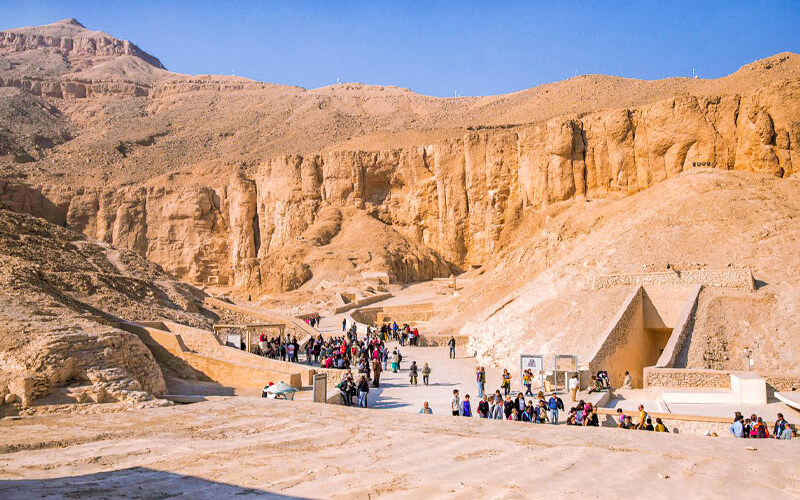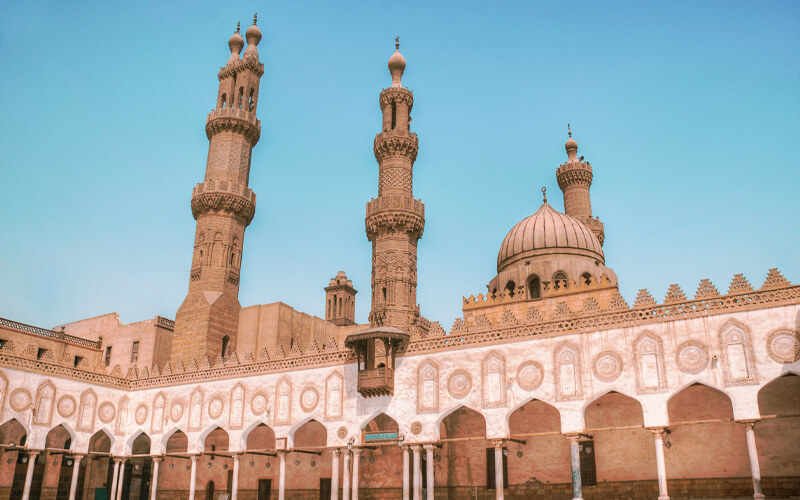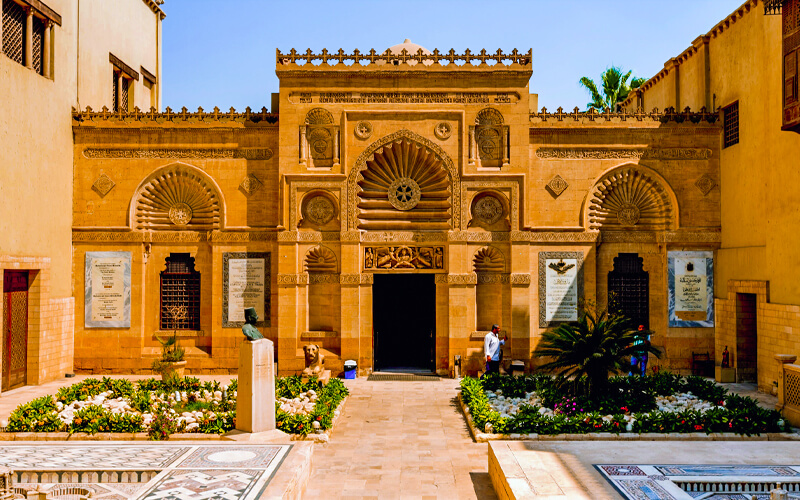Valley of the Kings
The Valley of the Kings is a place where kings reigned over their subjects.
Despite its appearance as a sun-blasted ravine of basic red sandstone, the Valley of the Kings contains the tombs of 63 of the most significant pharaohs in the history of Ancient Egypt, which are hidden under the dust of the valley’s dust. Valley of the Kings was a royal burial chamber for approximately 500 years, from the 16th to the 11th centuries BC. It was used for royal burials, including those of the Kings, their relatives, and their personal belongings. It, together with the remainder of the Theban Necropolis, was designated as a UNESCO World Heritage Site in 1979.
When was the Valley of the Kings found, and how long did it take?
The tomb of Pharaoh Tutankhamun and all of his valuables, discovered by Howards Carter during an excavation trip in 1922, is one of the most significant tombs discovered in the Valley of the Kings. It is one of the most important tombs discovered in the Valley of the Kings. Since then, travelers from all over the globe have flocked to the Valley of the Kings to see the riches that have been unearthed there, and have been touring the world to spread the word about this monumental find in the history of our civilization that was made there. In certain places of the Valley of the Kings, excavations are still ongoing, and a rotation system for visitors to the tombs is in place while restoration operations are carried out to restore the tombs that have been discovered.
What is the location of the Valley of the Kings?
The Valley of the Kings is situated on the west bank of the Nile River, near the city of Luxor, and is a World Heritage Site. It is the most well-known location because of the unique groupings of tombs and the stunning ancient remains that can be seen there. Because of its geographic position, it is one of the most popular destinations for those interested in ancient Egyptian history. Archeologists have been working in the Valley of the Kings for about two centuries because of the abundance of artifacts discovered there. If all of the graves here were available to tourists, it would be practically impossible to see them all, but happily, the potential of such a monumental chore has been removed from your consideration.
What was the motivation for the construction of Valley of the Kings?
It was part of the ancient Egyptians’ belief in the afterlife, as well as their preparations for the next world, that they built tombs. Ancient Egyptians had a profound belief in the afterlife, where they were offered the opportunity to continue their lives, and pharaohs were granted the opportunity to form alliances with the gods. To enable his everlasting spirit to awaken and live again in the hereafter, it was necessary to maintain the deceased’s physical body via the process of Mummification. The ancient tombs also included all of the deceased’s goods, since it was thought that they would need them once they awoke to begin living the endless life in the hereafter.
In her research, Salima Ikram, a professor of Egyptology at American University in Cairo and a National Geographic grantee, discovered that the ancient Egyptian pharaohs buried a variety of items in their graves, including pieces of furniture, clothing, and jewelry (see video below). What has remained a mystery, however, is the fact that they were not buried with any books in their possession.
The most remarkable feature was that the graves included a variety of meals and beverages, such as wine and beer, as well as valuable artifacts intended to aid the departed in their transition to the afterlife. Along with the pharaoh’s favorite associates and servants, they were buried together.
Visiting the Valley of the Kings and learning about its history
The tourist officials only unveil a handful of the tombs at a time to allow for a continuous cycle of care and repair, which is not possible otherwise. Whatever the case, there will almost always be many stunning tombs open at any one moment. Make sure to follow the recommendations of your tour guide or guidebook on which ones to see. The most well-known tombs are not always the most spectacular, and a ticket to the Valley of the Kings permits you to see just three of the most remarkable tombs. It is necessary to purchase a separate ticket to access Tutankhamun’s tomb, which may prove to be a disappointing sight, particularly considering the additional expense.
In ancient Egypt’s New Kingdom era (1539-1075 B.C. ), the Valley of the Kings served as a prominent burial place for the majority of the royal pharaohs, and it is still used today. Tutankhamun, Seti I, and Ramses II were among the most notable pharaohs to be buried there. There are also the royal tombs of most of the 18th, 19th, and 20th dynasties’ queens, high priests, and other elites from that period, which can be found here. Please keep in mind that Tutankhamun was a relatively minor pharaoh, whose tomb was made famous by the fact that it was the only one in the valley that was discovered with its contents still inside, rather than the grandeur of his tomb in comparison to the others, and not by the grandeur of his tomb itself. They are presently on exhibit in the Egyptian Museum in Cairo, where they will remain until further notice.
Tip:
When visiting the Valley of the Kings, remember to purchase your tickets at the West Bank ticket office before arriving at the site. It is necessary to buy tickets at this office to see all of the sites on the west bank. Tickets cannot be obtained at any of the sites from any other location.
Explore the many adventures that Luxor Tours has to offer. Start with the East bank tour, which takes you to Karnak Temple and Luxor Temple. Then, enjoy the West bank tour, which takes you to Valley of the Kings, Hatshepsut Temple, the Colossi of Memnon, and a hot air balloon ride.
If you want to spend a fantastic vacation check out our amazing Egypt Vacation packages or Luxor Excursions to find the best way to travel to Egypt for you.



